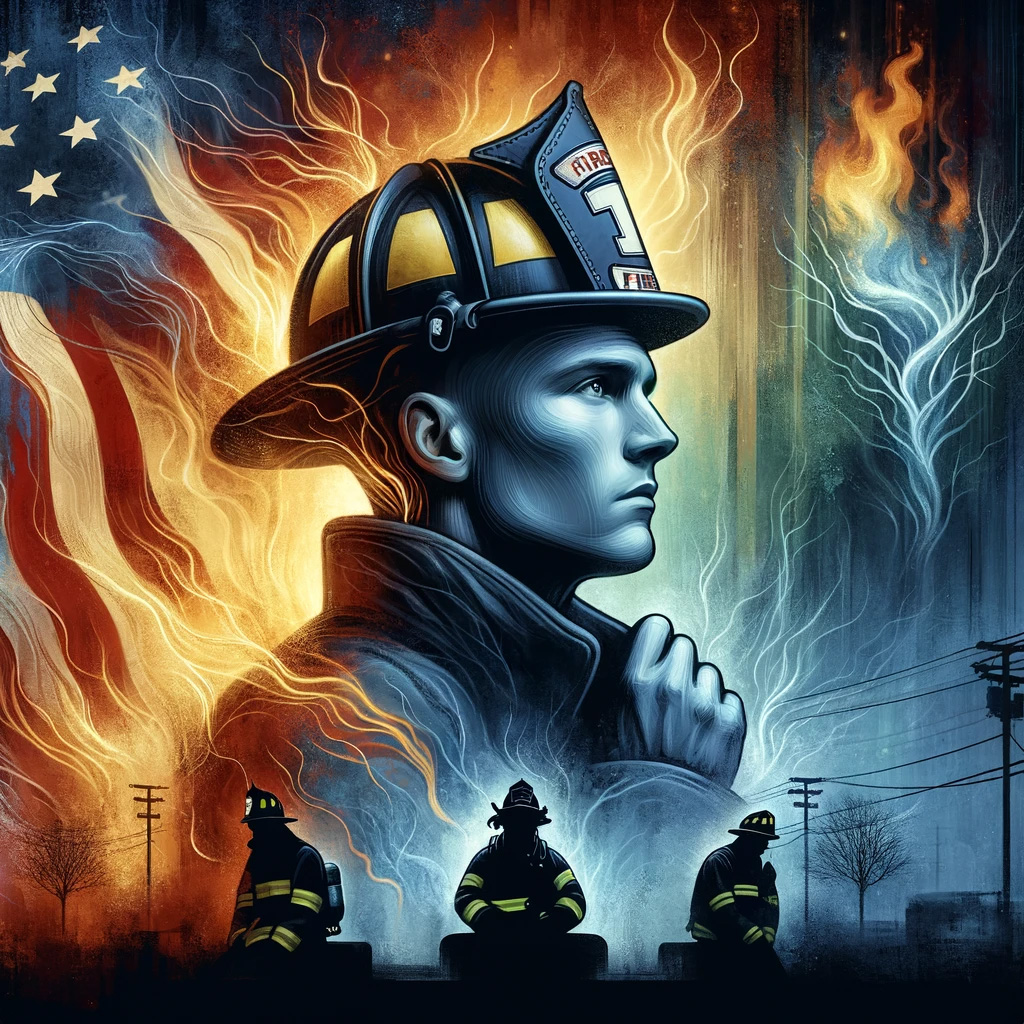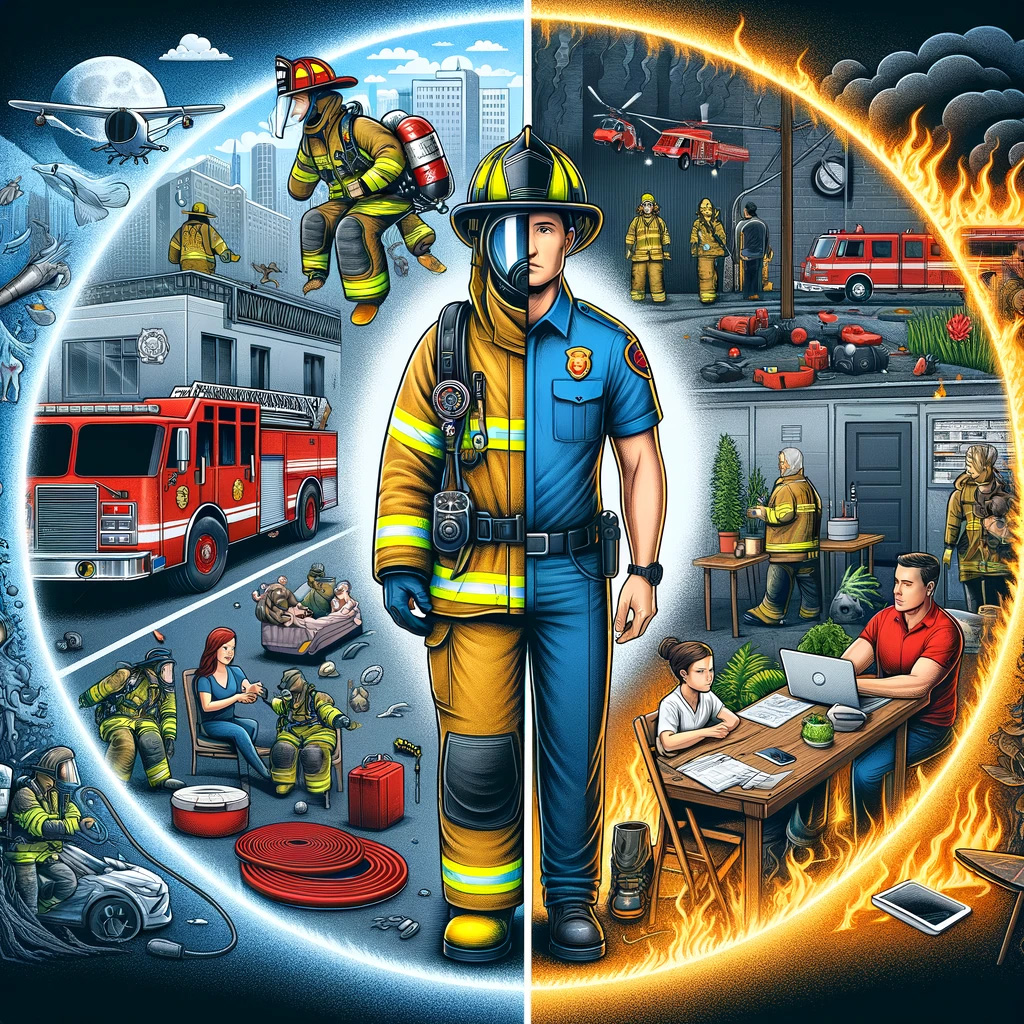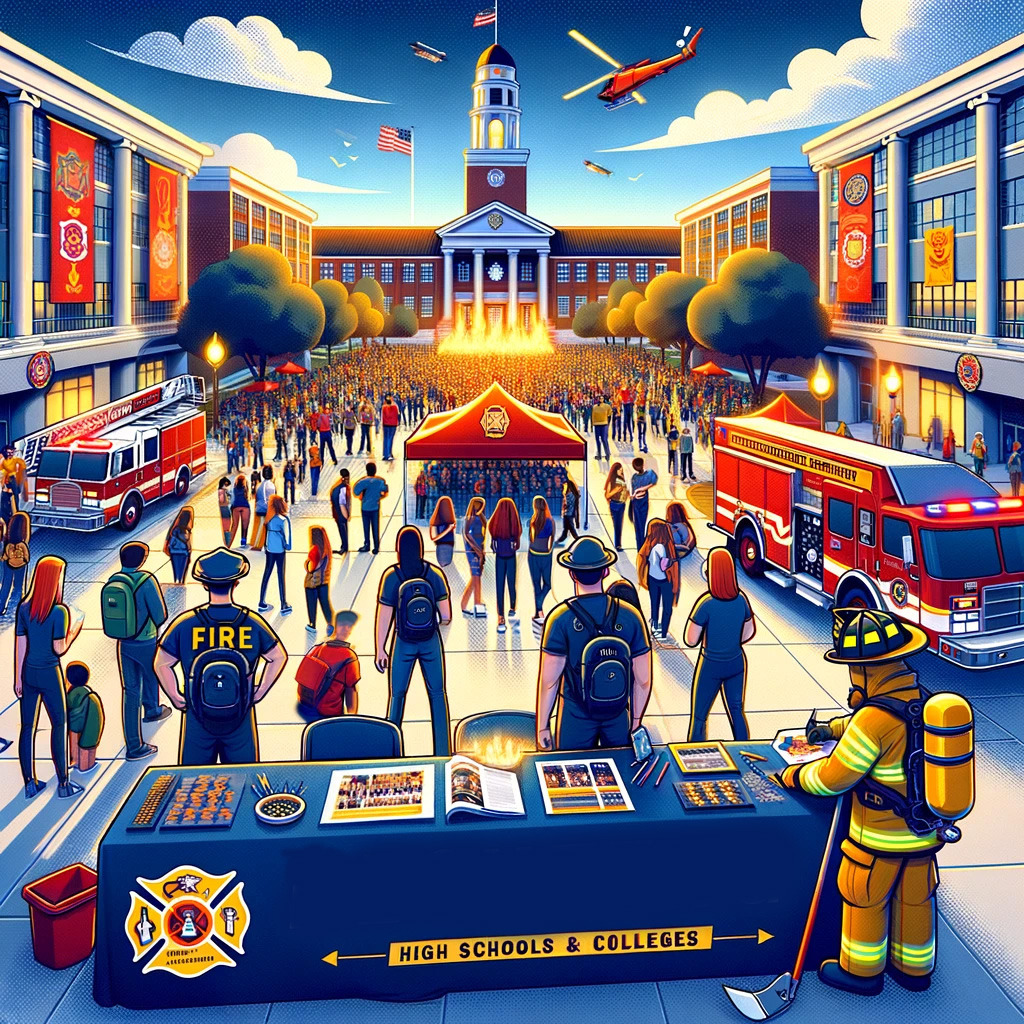How Does Diversity Affect Fire Department Recruiting?
In an era where diversity and inclusion have become central to organizational success, fire departments across the globe are recognizing the importance of mirroring the communities they serve. A commitment to diversity not only enriches the department’s culture and enhances problem-solving and innovation but also plays a pivotal role in recruitment efforts. This blog post delves into the myriad benefits of highlighting a fire department’s commitment to diversity in increasing its recruiting efforts, offering insight into how such an approach can lead to a more robust, effective, and community-oriented service.
The Importance of Diversity in the Fire Service
Diversity within a fire department encompasses a wide range of attributes, including but not limited to race, gender, ethnicity, age, sexual orientation, religion, and cultural backgrounds. The benefits of fostering such diversity are manifold:
- Enhanced Community Relations: A diverse fire department is better equipped to understand and engage with the various communities it serves. This understanding can improve communication, foster trust, and enhance the effectiveness of fire safety education and community outreach programs.
- Increased Innovation and Problem-Solving: Teams composed of individuals with diverse experiences and perspectives are more likely to generate innovative solutions and approaches to problem-solving. In the context of firefighting and emergency response, this can lead to more effective strategies for dealing with complex and unpredictable situations.
- Improved Team Dynamics: Diversity can challenge stereotypes and promote personal growth among team members. Exposure to different perspectives and experiences can lead to a more cohesive and empathetic workforce, where all members feel valued and understood.
Highlighting Diversity in Recruitment Efforts
Showcasing Diversity in Promotional Materials: One of the most straightforward ways to highlight a fire department’s commitment to diversity is through its promotional and recruitment materials. This includes brochures, videos, social media content, and website imagery. Featuring firefighters from diverse backgrounds in action, in leadership roles, and engaging with the community sends a powerful message to potential recruits about the department’s inclusive culture.
Developing Targeted Recruitment Strategies: Tailoring recruitment strategies to reach underrepresented groups can significantly enhance diversity efforts. This might involve partnering with community organizations, schools, and professional associations that serve these populations. By making conscious efforts to recruit from a broad pool of candidates, fire departments can ensure that their workforce more accurately reflects the diversity of the communities they serve.
Emphasizing Inclusive Policies and Practices: In recruitment communications, it’s essential to highlight the department’s inclusive policies and practices. This includes non-discriminatory hiring practices, equal opportunity advancement, and support systems for underrepresented employees. Promoting these policies can make the fire service more attractive to individuals who might otherwise feel excluded or marginalized.
Offering Diversity Training and Development Opportunities: Demonstrating a commitment to ongoing diversity training and professional development can also attract prospective recruits. Opportunities for learning about cultural competency, anti-discrimination practices, and leadership development signal a department’s investment in its personnel’s growth and its dedication to fostering an inclusive environment.
The Impact of Highlighting Diversity on Recruiting Efforts
Attracting a Wider Pool of Candidates: By actively promoting its commitment to diversity, a fire department can attract a broader spectrum of applicants, enriching the talent pool with individuals who bring a variety of skills, experiences, and perspectives to the role.
Improving Recruitment Outcomes: Departments that are perceived as more inclusive and representative of their communities may find it easier to recruit and retain personnel. Candidates are more likely to apply to and remain with organizations where they feel respected, valued, and understood.
Enhancing Department Reputation: A commitment to diversity can also enhance a fire department’s reputation, both within the community and the broader firefighting and emergency services profession. This positive reputation can make the department a more attractive employer to potential recruits who value diversity and inclusion.
Strategies for Communicating a Commitment to Diversity
Leveraging Success Stories: Sharing success stories of diverse personnel thriving within the department can be a powerful tool in recruitment efforts. Testimonials, case studies, and profile pieces can provide tangible examples of the department’s inclusive culture and the opportunities available to all members.
Engaging in Community Outreach: Direct engagement with diverse communities can also bolster recruitment efforts. Participating in community events, hosting open houses, and conducting educational programs can provide opportunities to showcase the department’s diversity and commitment to inclusion.
Utilizing Social Media: Social media platforms offer a dynamic way to highlight diversity initiatives, celebrate the achievements of diverse team members, and engage with potential recruits from various backgrounds.
Fostering an Inclusive Recruitment Process: Ensuring that the recruitment process itself is inclusive and accessible is critical. This might involve reviewing application and selection procedures to eliminate potential biases and barriers that could deter diverse candidates.
Conclusion
A fire department’s commitment to diversity is not just a moral imperative but a strategic advantage, particularly in recruitment efforts. By highlighting this commitment, departments can attract a wider pool of talented candidates, improve community relations, and enhance problem-solving and innovation within their ranks. The strategies outlined above provide a roadmap for fire departments to showcase their dedication to diversity, ultimately leading to a more inclusive, effective, and community-aligned service. In doing so, fire departments not only enrich their own cultures but also set a standard for inclusion and diversity in public service, reflecting the values and expectations of Generation Z and future generations.










